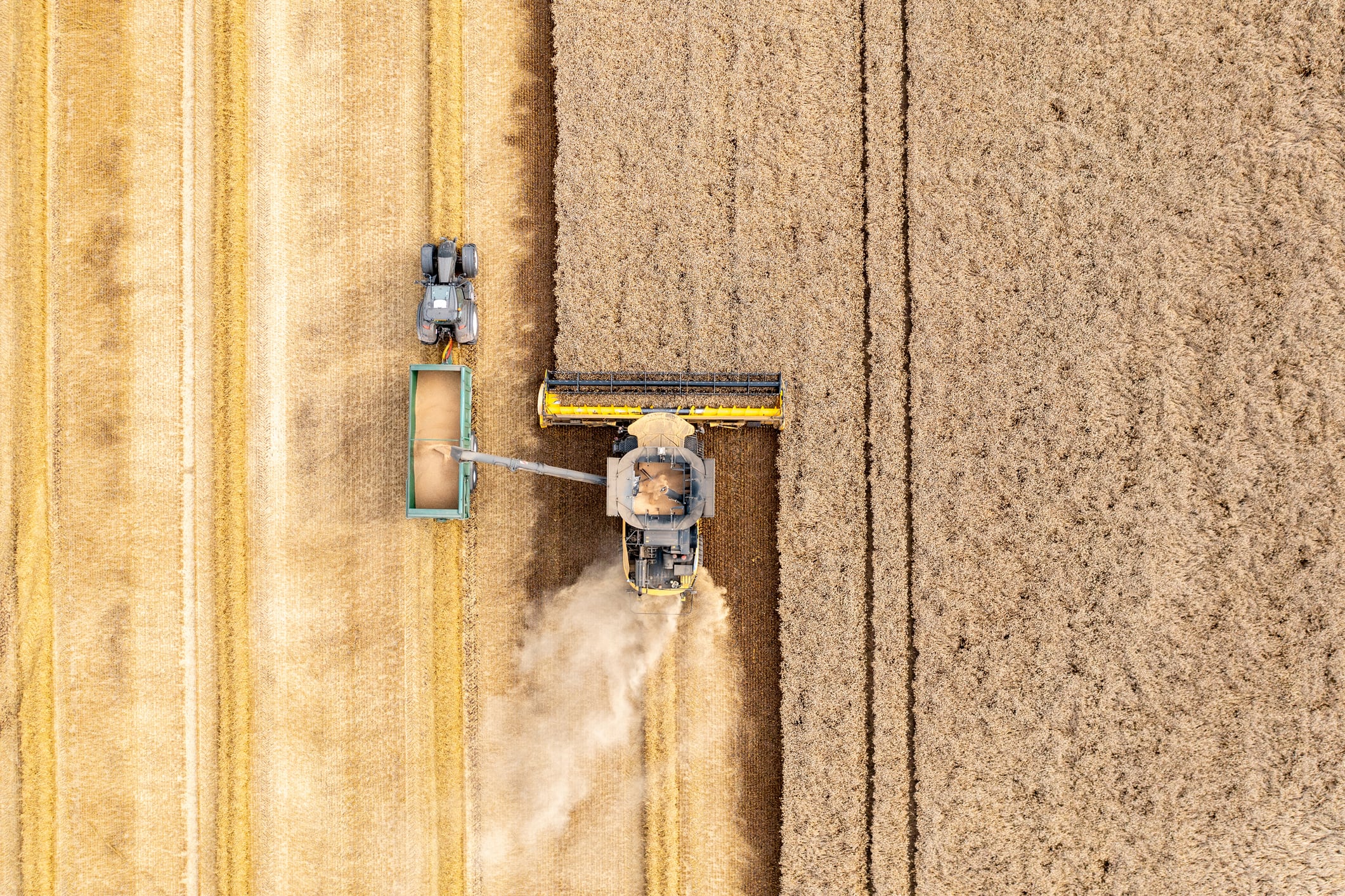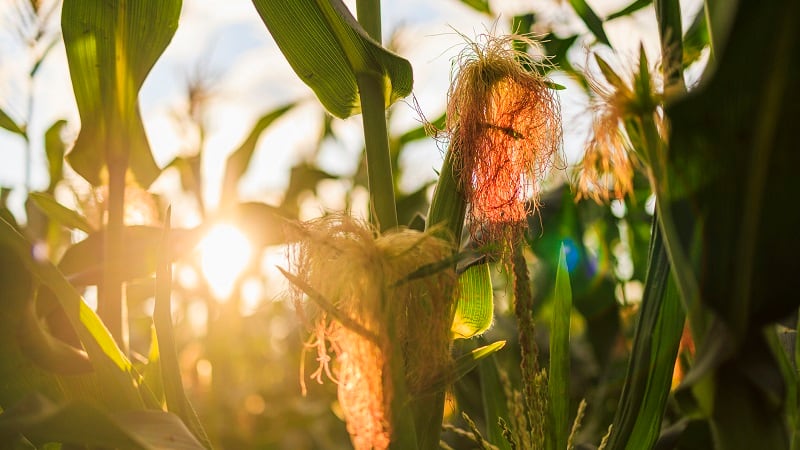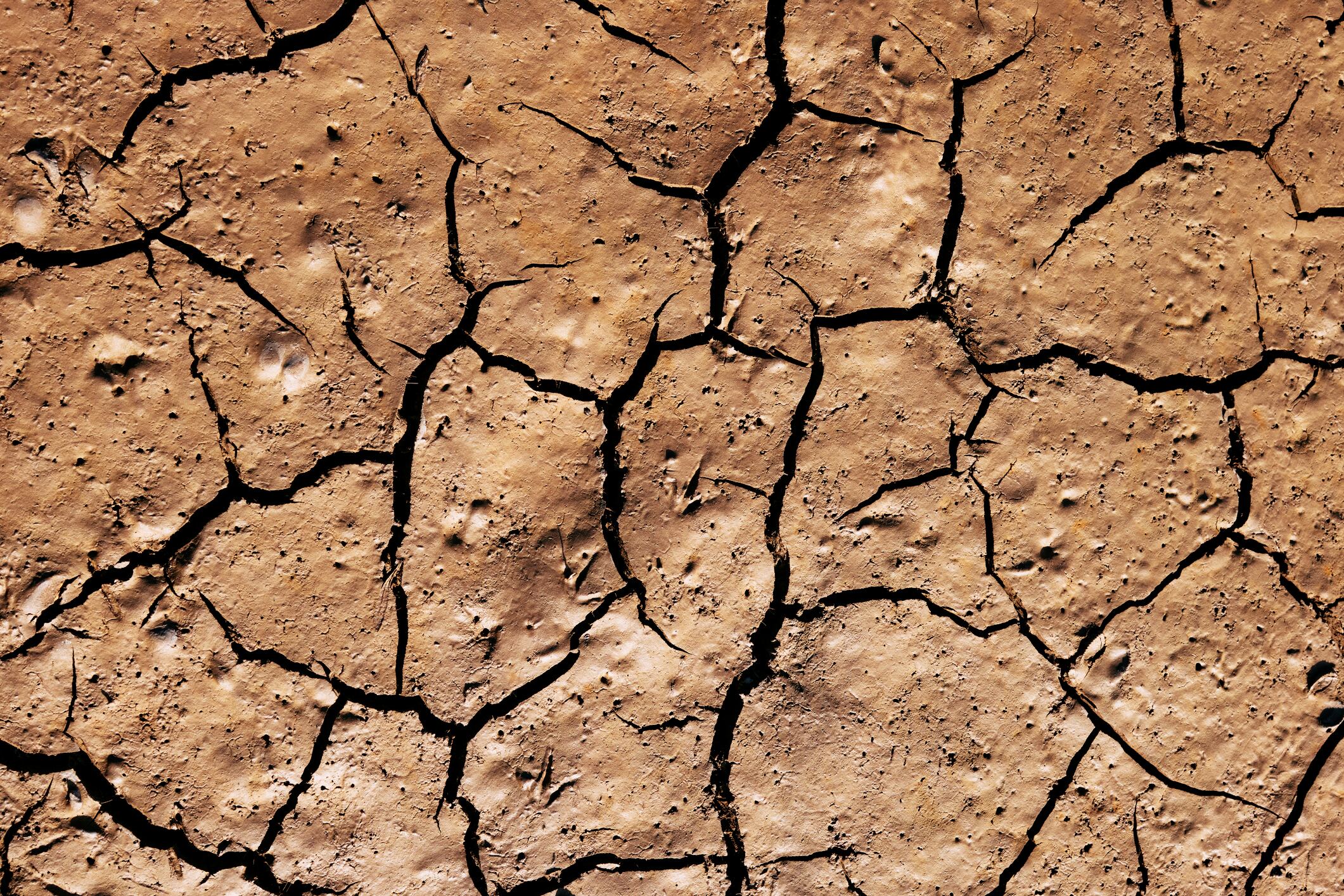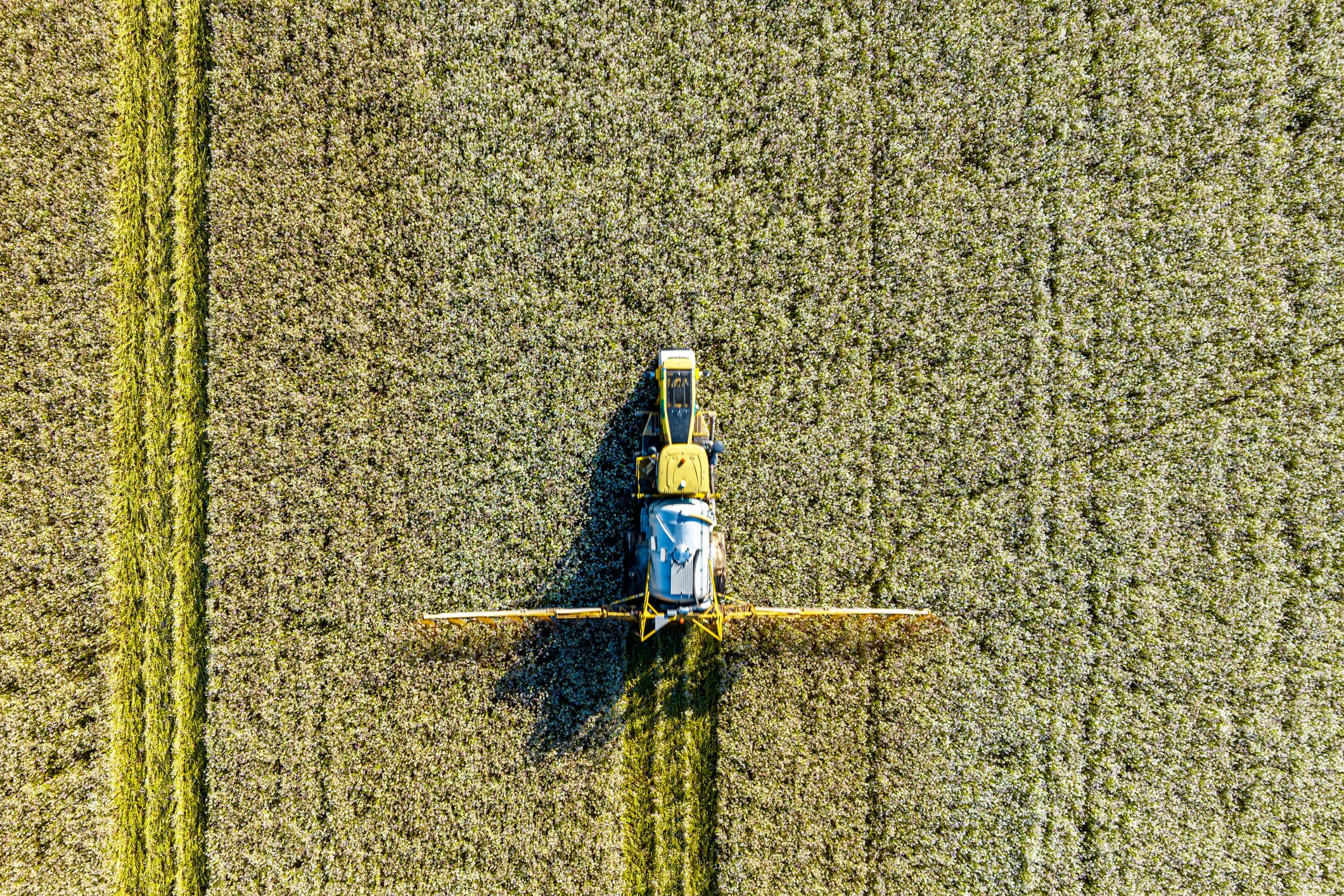Weetabix recorded a 50% reduction in on-farm wheat emissions through its Lower Carbon Wheat Project, a sustainable agriculture trial involving six farmers in its Growers’ Group in the UK.
The key to achieving the drop was a significant cut in synthetic nitrogen fertiliser usage — the largest contributor to carbon emissions in wheat cultivation.
The farmers successfully reduced synthetic nitrogen application by 20% over three years and replaced the nitrogen with natural alternatives such as cover crops, manures, and molasses-based biological treatments.
These changes led to a halving of the carbon footprint of wheat production without reducing crop yields.
The project also involved the use of regenerative practices, like crop rotation and cover crops, which improve soil health and contribute to carbon sequestration. Precision nitrogen application, guided by soil assessments and technology, helped apply only the necessary amount of fertiliser, reducing excess emissions further.
Additionally, sourcing all wheat from within a 50-mile radius of Weetabix’s mills minimized transport emissions and allowed the solutions to be tailored to the local soil and climate conditions.
What’s the cost of away from synthetic nitrogen?
Asked about the cost and effort differential for the farmers transitioning away from synthetic nitrogen, Peter Chandley, head of quality and food safety at Weetabix, responded: “Non-synthetic nitrogen fertilisers and lower-emission synthetic alternatives are part of an emerging market, and both availability and pricing are still in flux. That said, we recognise this as a critical area of change, and it’s one we’re actively working to assess, understand, and model. The cost and effort required will likely vary depending on the specific farm system, region, and access to alternatives – so building a clearer picture will be essential to support farmers through any transition.”
He detailed the ongoing plan for continuing to support these trial farms beyond the initial commitment of reduction. “Our intention is to build on this momentum year after year,” he said.
“The initial trials have shown what’s possible, but they’re just the start. We’re committed to continuing these trials annually – not only to assess the impact of specific practices, but to learn how we can sustainably reduce net carbon emissions while also increasing the volume of lower-emissions wheat we grow.
“As we harvest and assess this year’s crop, we’re already planning for the next season. The goal is continuous improvement – refining techniques, expanding successful approaches, and deepening our understanding of what works across different soil types, climates, and farm systems. This isn’t a one-off initiative; it’s a long-term, collaborative effort to scale lower-carbon farming in a way that’s practical, data-driven, and farmer-led.”
A one-size-fits-all model not yet on the cards
However, Weetabix is not planning to systematize or stack these biotechnologies to support adoption outside of the project’s purview.
“At this stage, we don’t have a fixed plan for that,” Chandley said. “We’re very conscious that every farm is different, and we don’t want to dictate to growers or impose a one-size-fits-all model. There are so many variables – from soil types to climate conditions to farm practices – that make it challenging to build a single, transferable system right now.
“However, as we scale up and gather more data, we absolutely want to explore how these biotechnologies and practices could be adapted more broadly, in ways that respect local conditions and farmer choice. It’s something we’ll continue to work through collaboratively, making sure that any approach we develop is practical, flexible, and supports wider adoption where it makes sense.”
Where will it make further emission reductions?
Weetabix will continue to look for further emission reductions.
“We’ll continue focusing on the fundamentals: finding the right balance between yield and nitrogen input, exploring carbon sequestration opportunities, and expanding the use of non-synthetic and lower-emission nitrogen fertilisers,” Chandler explained. “Alongside that, we’re keeping an open mind to new technologies and practices that could help reduce emissions further.”
The approach is rooted in evidence, collaboration, and practicality, he insisted. “We want to see what’s genuinely possible on the ground - and then keep pushing forward, step by step, to drive down emissions across our supply chain.”
Positive feedback from customers
The feedback from customers has been “overwhelmingly positive,” Chandler noted. Meanwhile, “some of our retail partners have visited our local growers and come away genuinely impressed by the scale of the work and the commitment from farmers on the ground. We’ve also featured some of our growers on-pack, which has really helped bring the story to life for shoppers,” he added.
“As a trusted brand, doing the right thing for our consumers, customers, and the environment is central to who we are. It’s not just a sustainability initiative – it’s part of our commercial strategy. Consumers increasingly want to make responsible choices, and our ‘50-mile promise’ and lower carbon wheat work resonate strongly. When you align doing the right thing with what your customers care about, it builds loyalty, strengthens your brand, and drives long-term value. So yes – it absolutely makes commercial sense.”





